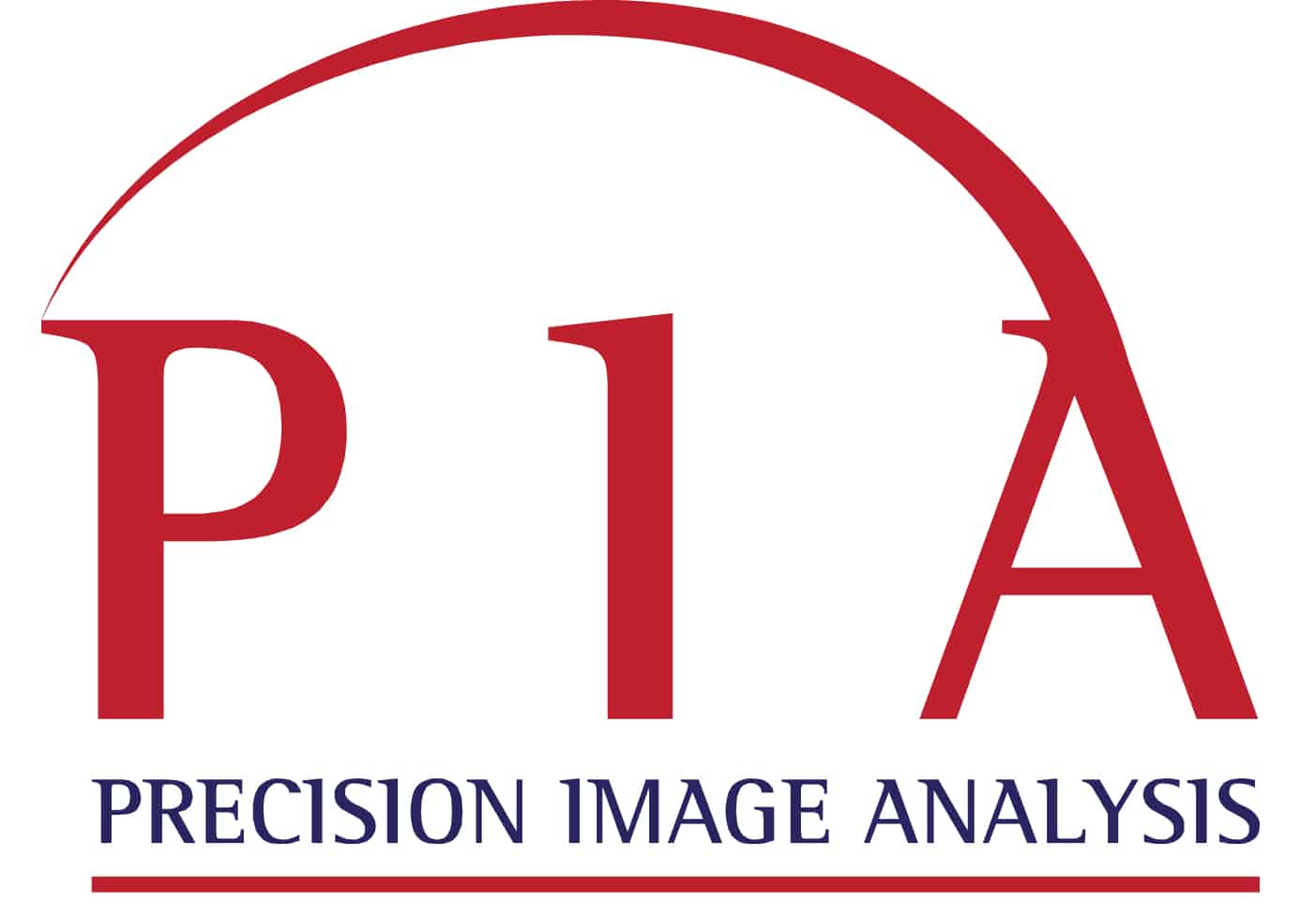|
Challenging the HFpEF Treatment Dogma | Heart Disease Risk Perceptions
February 9, 2023
|
|
|

|
|
Together with
|

|
|
|
“[The myPACE trial] basically rewrites what we know about the pathophysiology of this form of clinical heart failure.”
|
|
Michael Zile, MD, on the findings discussed in the story below.
|
|
|
Cardiovascular Disease Solutions
|
|
|
|

|
|
The landmark myPACE trial found that patients with HFpEF who have their pacemakers’ set to a higher backup resting heart rate reaped important health benefits. The findings challenge the long-standing belief among cardiologists that patients with HFpEF and diastolic dysfunction benefit from lower heart rates.
The authors screened 1,500 patients with HFpEF and randomly assigned 107 of them to receive either standard pacing at 60 bpm or a higher rate based on age, height, and ejection fraction. The screening process was so selective because they only included those with existing pacemakers that allowed the researchers to increase the heart rate without exacerbating RV dyssynchrony.
At one year, the personalized accelerated pacing led to improvements in…
- NT-proBNP levels (-109 pg/dL vs. +128 pg/dL)
- Physical activity levels (+47 minutes/day vs. -22 minutes/day)
- AFib (27% relative risk reduction)
The Takeaway
The study rewrites the long-held view that lower pacing is better for people with HFpEF. Of course, this is just one, small RCT, and larger scale studies are necessary to confirm the findings. Interestingly, the findings do align with a 2021 study that found that beta blocker withdrawal in HFpEF patients improved maximal functional capacity.
|




|
|
Making the Leap to Outsource Post-Processing
Interested in how to outsource cardiac image post-processing, but not sure where to start? PIA walks you through how to assess and compare vendors, understand pricing models and payment options, and outline your requirements to identify vendors who meet your clinical needs.
|
|
HeartFlow Analysis Streamlines Care
Faced with cath lab inefficiencies and an increased reliance on stress testing, Cone Health pursued a more advanced solution. See how the HeartFlow FFRct Analysis allowed Cone Health to improve the patient journey through streamlined CAD testing.
|
|
- Whole-Body Scanning’s Star Power: The whole-body scanning segment gained more celebrity-driven momentum last week with the launch of Neko Health, a Sweden-based startup cofounded by Spotify CEO Daniel Ek. In addition to skin and blood tests, Neko’s “all-in-one” device claims to measure a range of cardiovascular parameters including ECG, murmur sound, blood pressure, oxygen saturation, arterial stiffness, pulse width, breathing and heart rate.
- Loneliness, Social Isolation, and Heart Failure: A new study published in JACC shows that both social isolation and loneliness are associated with higher rates of heart failure, but whether or not a person feels lonely is more important in determining risk than if they are actually alone. The authors analyzed UK Biobank data (N=400k; 12 years) and found that both social isolation and loneliness increased the risk of hospitalization or death from heart failure by 15-20%, underscoring the growing need for social care in modern healthcare models.
- Bayer Partners with Huma: Bayer and digital health company Huma Therapeutics are partnering to develop the Bayer Aspirin Heart Risk Assessment. The online tool quickly assesses an individual’s CVD risk factors, which can be shared with a healthcare professional as part of ongoing health management. Huma developed the algorithm using data from the UK Biobank, and the research was validated and published in 2021.
- Five Factors Underlie LQTS Overdiagnosis: A new study found that five factors drive the overdiagnosis of long QT syndrome (LQTS): (1) temporary QT prolongation following fainting, (2) a “pseudo”-positive genetic test result, (3) a family history of sudden cardiac death, (4) transient QT prolongation, and (5) misinterpretation of the QTc interval. The authors note that an LQTS misdiagnosis comes with “profound” consequences including years of unnecessary treatments and lifestyle hindrances.
- Heart Disease Risk Perceptions: A MedStar Health survey revealed that 43% out of 1,000 US adults knew that heart health is the leading cause of death, but only 29% identified it as the leading cause of death in women as well. In all, 22% named heart disease their top health concern (even greater than COVID, cancer, and mental health) and yet more than one-third don’t discuss heart health with their provider at their annual physical.
- Biofourmis Partners with Beacon Health System: Digital health company Biofourmis announced an agreement with Beacon Health System for a multi-hospital post-discharge remote patient monitoring program for complex chronic conditions such as congestive heart failure and chronic obstructive pulmonary disease. Beacon is launching its RPM program with Biofourmis at two of its largest hospitals—Elkhart General Hospital and Memorial Hospital.
- DiA’s LVivo IQS Clearance: DiA Imaging Analysis announced the FDA clearance of its LVivo IQS (Image Quality Score) AI-based ultrasound image quality guidance solution, expanding the echo AI company’s portfolio beyond analysis and reporting. The vendor-neutral software uses a color and numerical scoring system to provide clinicians with real-time feedback during left ventricle exams, with the goal of improving both image and interpretation quality.
- NewAmsterdam’s Phase 2 Trial: Cardiometabolic pharmaceutical company NewAmsterdam announced the success of its phase 2 trial, which evaluated its candidate drug, a combination of obicetrapib and ezetimibe. The combination tablet reduced LDL-C significantly more than placebo (59% vs. 6%), meeting the trial’s primary endpoint. NewAmsterdam is now planning a definitive bioequivalence trial and a phase 3 safety and efficacy trial.
- CVS Health Addresses Heart Health Disparities: CVS Health launched an initiative called The CVS Health Community Equity Alliance to address disparities in cardiovascular and mental health outcomes. As part of the initiative, CVS Health will provide funding to Meharry Medical College, Sinai Chicago, and Wayne State University to launch locally-tailored initiatives.
- ICE for LAAC: A study published in JACC found that intracardiac echocardiography (ICE) can successfully guide left atrial appendage closure (LAAC) when used with Boston Scientific’s newest generation LAAC device, the Watchman FLX. In the trial, all 100 patients successfully received the Watchman FLX devices, and there were no incidences of peridevice leak (the primary outcome).
- January Jobs Report: The healthcare job market still appears to be firing on all cylinders, with the latest US employment data showing that the industry added over 58k jobs in January. The gains were led by ambulatory healthcare services at 30k jobs, followed by nursing / residential care facilities (17k each), and hospitals (11k). The job growth represented an acceleration from last year’s average of 47k jobs per month during the pandemic recovery.
|
|
Transformation Through Structured Reporting
Ready to realize the benefits of cardiovascular imaging structured reporting? Check out these quick and powerful Change Healthcare videos detailing the efficiency gains provided by structured reporting and what it takes to drive adoption.
|
|
Us2.ai’s Echo Evidence
Have more echo studies than sonographers? See how Us2.ai was able to classify, segment, and annotate echocardiographic videos with similar accuracy as expert sonographers.
|
|
How Precision Heart Therapy Advances the Business of Healthcare
Health systems continue to face economic and regulatory pressure to reduce care costs and improve outcomes. See how Cleerly’s precision heart care approach helps enhance patient care, avoid unnecessary and high-cost procedures, and improve the patient and provider experience.
|
|
|
|
|